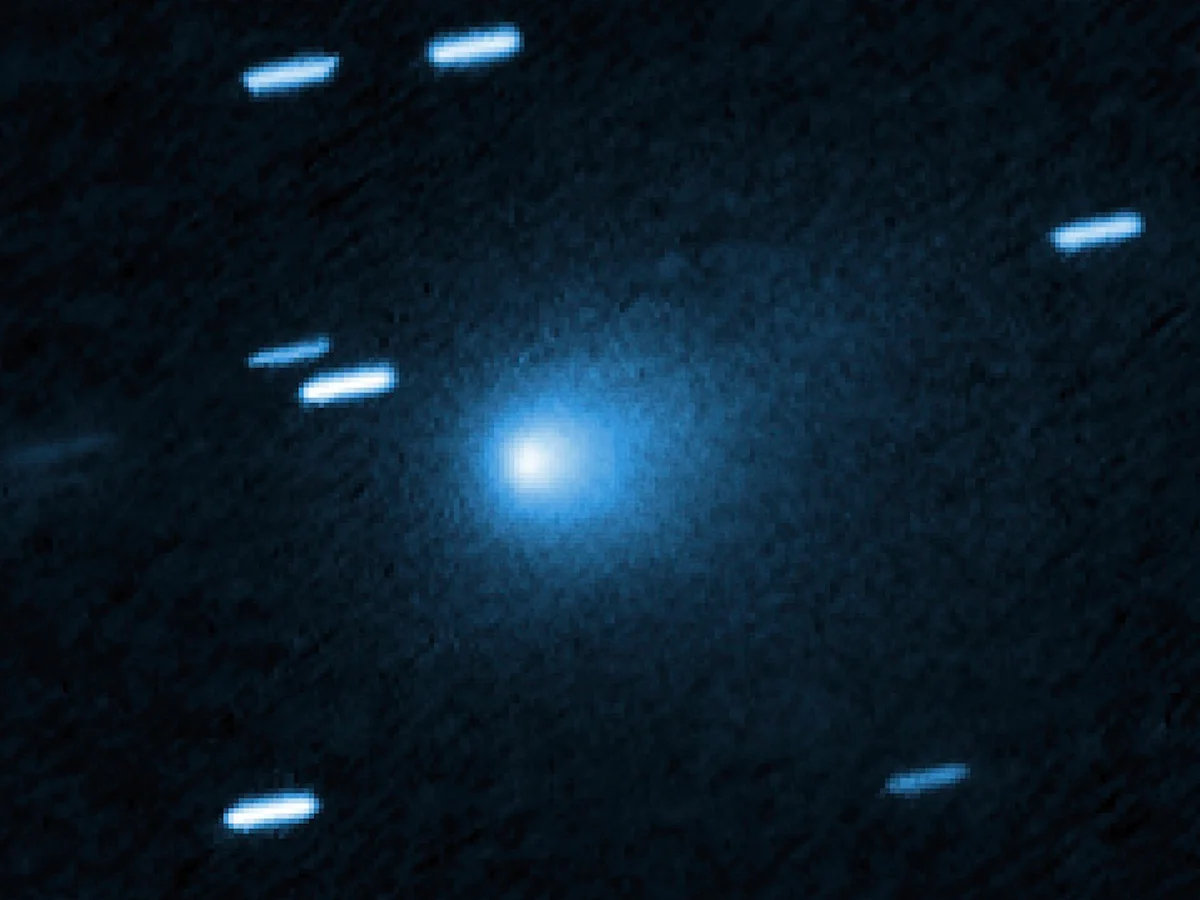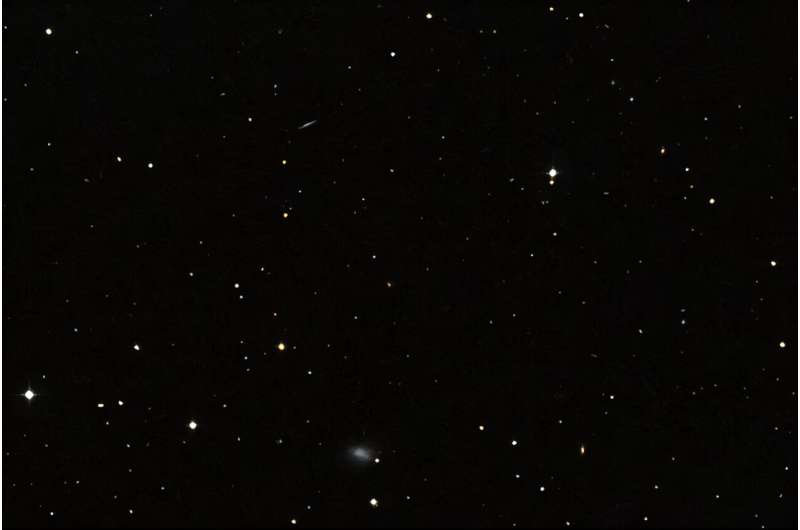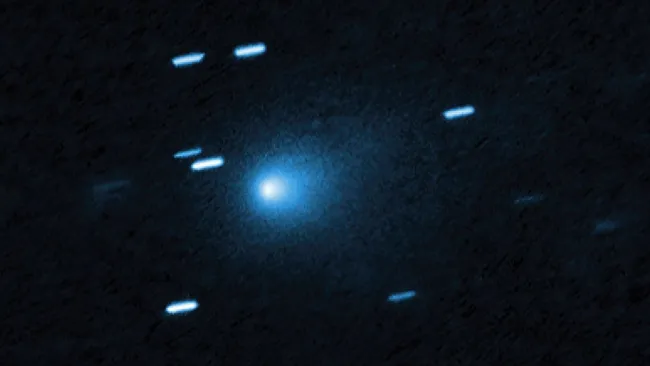A groundbreaking discovery from Ethiopia reveals that early members of the genus Homo and a newly identified Australopithecus species lived alongside each other between approximately 2.78 and 2.59 million years ago—offering fresh insight into our evolutionary past.
A Rare Glimpse into a Critical Span
Paleoanthropologists uncovered fossilized remains in Ethiopia’s Afar region—specifically around the Ledi-Geraru area—that push back the known presence of Homo and Australopithecus in eastern Africa. The Homo remains date back to about 2.78 and 2.59 million years ago. Meanwhile, the newly discovered Australopithecus specimens, estimated at approximately 2.63 million years ago, display distinct dental features unlike those of Australopithecus afarensis or A. garhi.
This coexistence challenges the long-held notion of a simple lineage succession and instead portrays a richer diversity of early hominins sharing the same landscape.
Not Just Two, But Multiple Lineages
Before this discovery, fossil records from 3 to 2 million years ago were sparse, leaving many questions about how early hominins diverged. The new evidence now shows that at least three distinct non-robust hominin lineages inhabited eastern Africa during this period—Homo, A. garhi, and the newly identified Australopithecus from Ledi-Geraru. When considering Paranthropus, a robust-type hominin well documented elsewhere, the diversity may have reached four coexisting lineages in different regions.
The Landscape of Early Hominin Evolution
These findings emerge from extensive stratigraphic work in volcanic sediments, finely dated using advanced tephra and magnetostratigraphy techniques. These methods offer a precise chronological framework, revealing that early Homo didn’t immediately displace Australopithecus—both persisted in the Afar region beneath shifting ecological conditions.
The absence of Paranthropus remains in this area suggests ecological or geographic variation shaped regional hominin diversity. Meanwhile, fine dental analyses highlight subtle yet consistent differences between the Australopithecus fossils and contemporaneous species, underscoring a broader mosaic of adaptations.
Broader Implications for Human Evolution
This discovery complicates the traditional “linear march” model of human evolution. Instead of one hominin evolving directly into another, evidence now supports the idea of multiple, simultaneous evolutionary experiments—each carving out its niche in a dynamic landscape.
The persistence of multiple lineages through such a pivotal time period raises important questions: How were resources divided among these groups? Did competition drive distinct dietary adaptations? How did shifts toward more open and arid environments influence survival strategies?
Looking Ahead
This revelation reshapes our understanding of early hominin diversity and invites new avenues of research. Ongoing fieldwork in the Afar region, complemented by fossil discoveries in other under-sampled areas, will be essential in reconstructing a more complete and nuanced picture of our evolutionary roots.
Quick Overview Table
| Key Insight | Details |
|---|---|
| New Finds | Homo at ~2.78 and ~2.59 Ma; a unique Australopithecus at ~2.63 Ma |
| Diversity Confirmed | At least three non-robust lineages coexisted (plus possible Paranthropus) |
| Importance of Location | Afar provides rare fossil record for 3–2 Ma window |
| Evolutionary Impact | Refutes direct-sequence model; highlights parallel evolution in hominins |
| Next Steps | Further excavations and detailed anatomical studies to understand niche dynamics |
















Leave a Reply